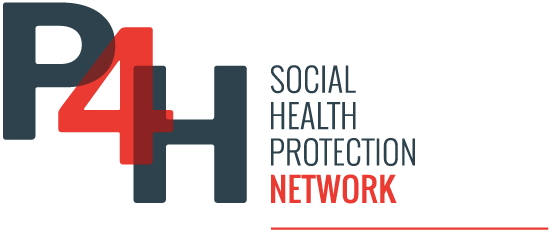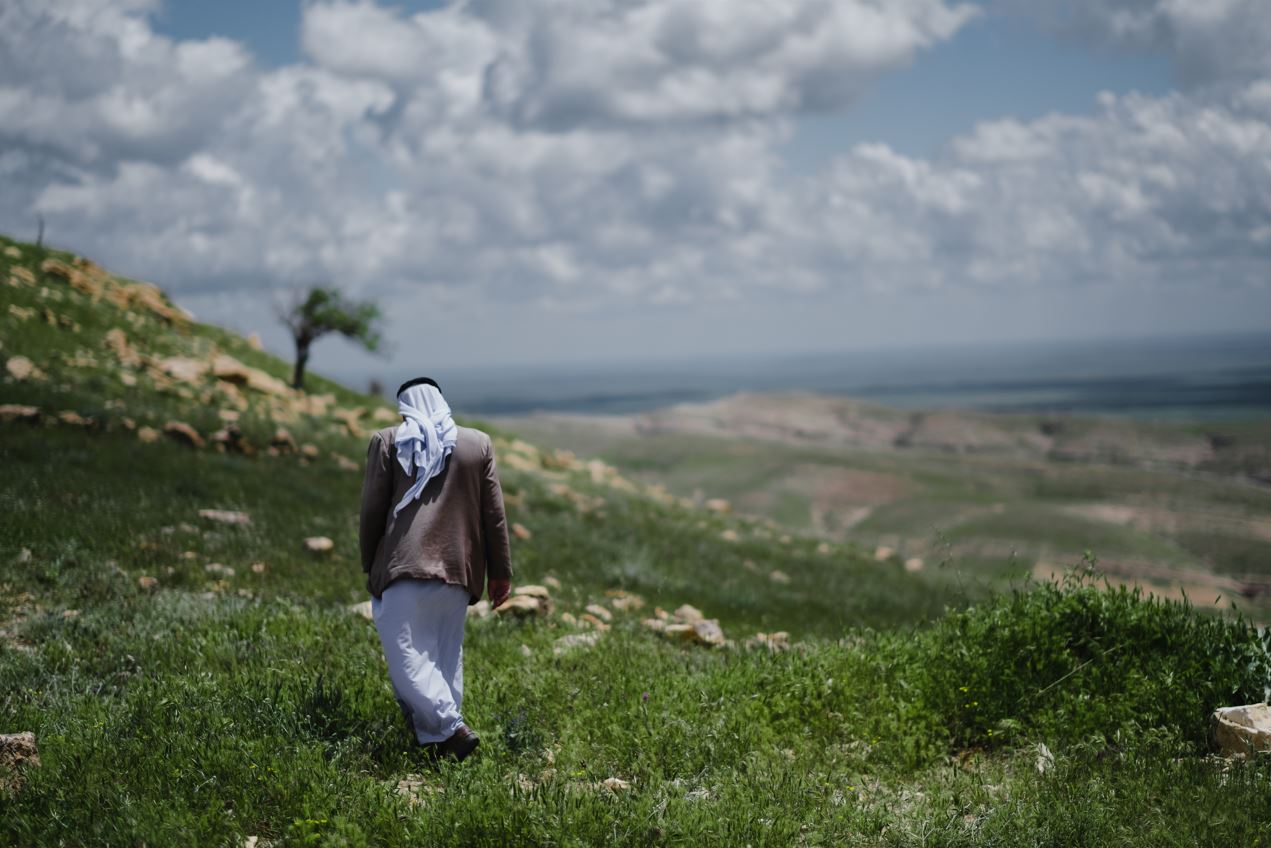In 2023, the population of Iraq was 45.5 million people, 71% of whom resided in urban areas. According to 2022 data from the World Bank Group, life expectancy at birth is 71 years. In 2021, 63.4% of the burden of disease was attributable to noncommunicable diseases, 20.1% to communicable diseases and 13.8% to injuries.
Reasons for high out-of-pocket spending
According to 2022 data from the Global Health Expenditure Database, the proportion of current health expenditure as a share of GDP was low, at 4.3%, and health expenditure per capita was US$ 255, the lowest number among the upper-middle-income countries. Low government health expenditure, which was 51% as a share of current health expenditure, political instability and a rapidly expanding private sector have resulted in high out-of-pocket expenditure, which was 48% of current health expenditure in 2022.[1]
The study by Taniguchi et al found worsened financial risk protection indicators, including a fourfold increase in catastrophic health expenditure from 3% in 2007 to 12% in 2012, and a twofold increase in impoverishment from 1.5% in 2007 to 2.8% in 2012. Conflict-caused destruction of infrastructure, displacement and brain drain could magnify shortages in health resources, inequitable distribution of health care and weak financial protection.
Political turmoil disrupts the health system
Iraq’s National Health Policy, 2014-2023 contextualizes Iraq’s health system over time. Since the 1980s, Iraq has experienced political turmoil and war. Essential infrastructure, including the health care system, has been severely damaged, and many skilled health professionals have fled the country. To restore the public health system damaged by war, the Iraqi Ministry of Health developed a national health policy with the objective of advancing universal health coverage.
References
[1] World Health Organization, Global Health Expenditure Database, NHA Indicators, (choose indicators)


